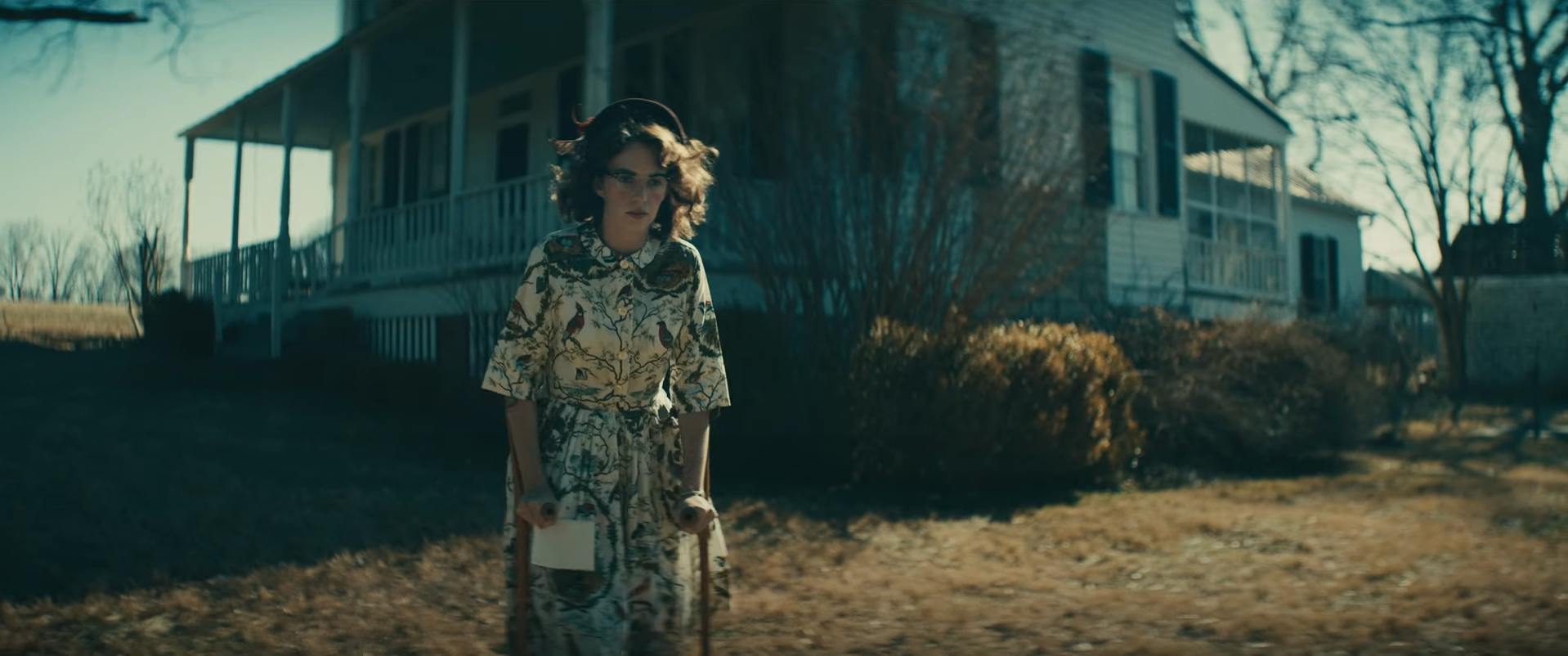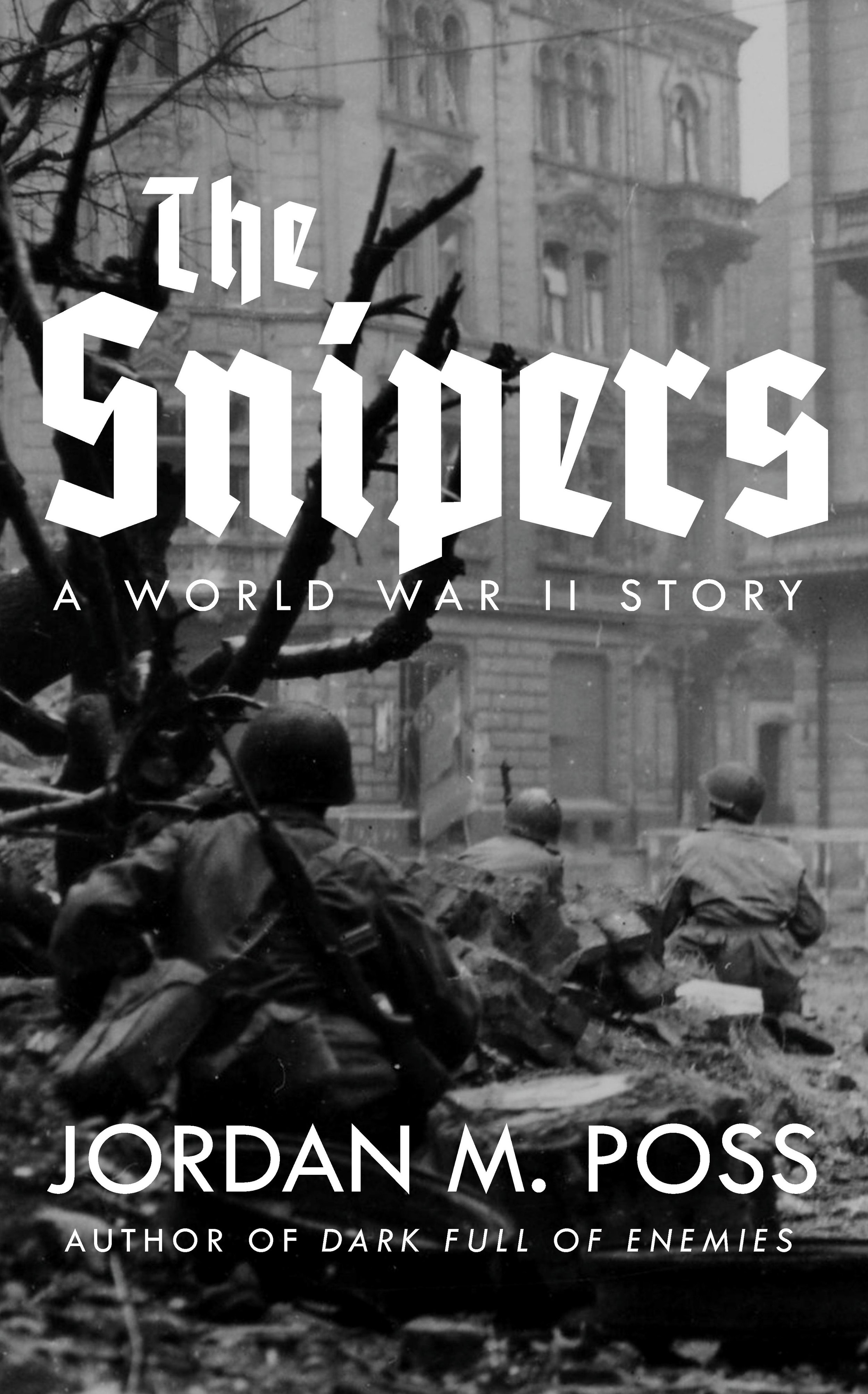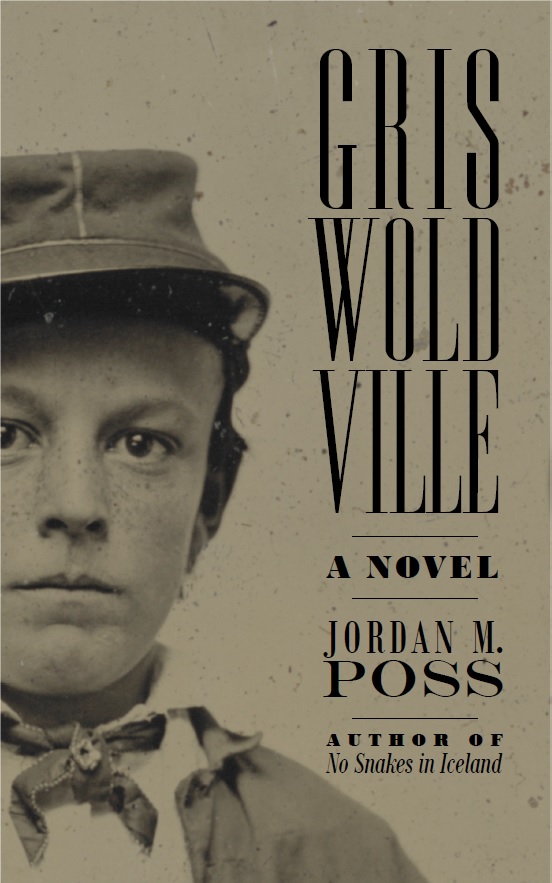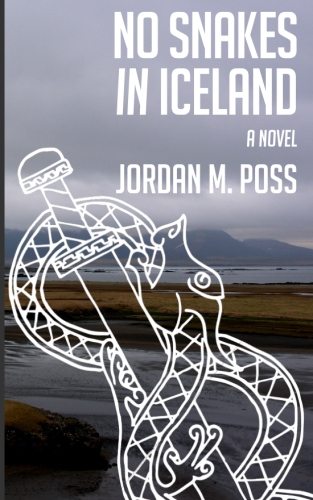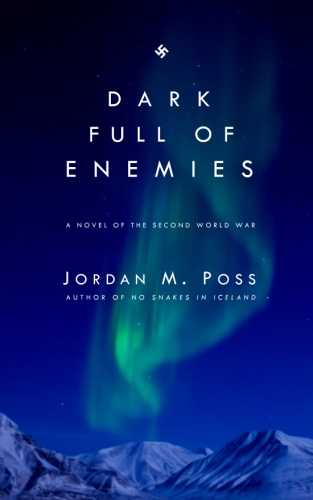Young Washington trailer reaction
/“COLD DEAD HANDS!” William Franklyn-Mille in Young Washington (2026)
Let me start with a favorite passage from Nathaniel Hawthorne, writing in 1858, less than sixty years after George Washington’s death:
“Did anybody ever see Washington nude? It is inconceivable. He had no nakedness, but I imagine he was born with his clothes on, and his hair powdered, and made a stately bow on his first appearance in the world.”
This is not only funny—and I love the reactions it gets from students—it succinctly gets at a problem with iconic historical figures. Some are so important, so mythic, that a version of them with ordinary human qualities stripped, planed, and sanded away supplants them in our historical imaginations. In American history this may be more true of George Washington than anyone else. Tellingly, even in commenting on this phenomenon Hawthorne gets something wrong: Washington didn’t wear powdered wigs.
Last week a new trailer for an Angel Studios release called Young Washington came to my attention—fortuitously as I was pulling up a video for my US History I class. The film appears to cover George Washington’s experiences during the first couple years of the French and Indian War, from the ill-fated patrol in which, as the 21-year old commander of a small force of Virginia militia, he accidentally precipitated a global war, through the Battle of the Monongahela, in which a British force was cut apart and nearly annihilated and where, as a volunteer aide-de-camp to the fatally wounded British General Edward Braddock, Washington helped save what was left of the army.
Here are Variety and The Hollywood Reporter with more details.
As it happens, this is one of my favorite stories to tell in class, and I’ve long thought it would make a great movie. So discovering a trailer for Young Washington has gotten me both excited and anxious.
If you want to get at the person beneath the mythology and iconography—especially of great and consequential leaders like Washington—it requires deep interest and long, purposeful study. Most people can manage perhaps one of these, more often neither. For them, a good historical movie can untangle the bundle of traits and props that make up the imaginary versions of historical figures, presenting them with a real human being perhaps for the first time. But the movie has to be good. The damage of a false movie portrait can be permanent.
What follows are rough impressions and questions based on this early trailer for Young Washington:
This teaser is heavy on battle scenes—not that I’m complaining. I’m pleased to see throughout the representation of regulars (paid, uniformed professionals), militia in a wide variety of clothing, and allied Indians on both sides. I doubt Young Washington will nail this the way The Last of the Mohicans did but that this complexity is so clearly visible even in this trailer is heartening.
Ben Kingsley plays Lieutenant Governor of Virginia Robert Dinwiddie. Dinwiddie was Scottish and twenty years younger than Kingsley when the French and Indian War broke out.
The Angel logo appears over what looks like Braddock’s expedition, which set out into the wilderness of western Pennsylvania with a long wagon train and no road. Great atmosphere in this shot.
Washington’s leather-looking coat at approx. 0:20 is a good spot to talk about uniforms and costumes. I’m not a mid-18th century guy but beyond the basic red-for-British/white-for-French the uniforms don’t look right to me. The leather coat is of a piece with modern Hollywood’s tendency to give the star slightly more contemporary-looking costumes, e.g. Orlando Bloom’s boot-cut hose in Kingdom of Heaven. The Revolutionary War spy series “Turn” gave Abraham Woodhull similar modern takes on 18th-century clothing: leather when everyone else is in wool, hipster toboggan, bad boy scowl. At least our young Washington isn’t constantly glowering.
Scenes of Washington surveying the Virginia wilderness: A+ for effort. Can’t comment on 18th-century surveying equipment but the outdoor clothing looks better than the uniforms and the landscape looks exactly right. People tend to forget Washington’s work as a surveyor (and his chance to get a look at what’s out there right before it became available to speculators) so it’s good to see him working his day job.
The film provides Jane Austen fans with a ball. Washington is accurately shown not wearing a wig but inaccurately—unless this is an accident of low light and color grading—as a brunette. Washington had red hair. He was also 6’2” at a time when that placed him head and shoulders above most other men, something you don’t really get here (but that HBO’s “John Adams” miniseries nailed). Even as a young man he was striking and physically imposing.
A French officer goads Washington with “You are not British yet they send you to speak for them. So that when you fail they’ll have someone to blame.” This introduces some sketchy interpretation. Washington and all the other colonials absolutely considered themselves British at this time. It’s a later nationalist myth that we strapping Americans had already discovered ourselves to be a new, independent species and were just waiting for the right time to buck off the shackles of the Old World. (Even the great Last of the Mohicans tacks into these waters a bit.) See Fred Anderson’s books below for more on that.
The wagon train in the woods features in few quick shots, presumably of Braddock’s defeat at the Monongahela. Can’t comment at this point how accurately the film will portray the battle overall, but these shots capture the chaos well.
After the Battle of Jumonville Glen and his surrender at Fort Necessity (and I can’t be sure that anything in this trailer relates to that event), Washington left the Virginia militia to volunteer as a gentleman aide-de-camp to General Braddock, played by Andy Serkis. As with Kingsley’s Dinwiddie, we don’t get much to judge by here, but Braddock comes across as rather hostile to Washington—a bit of lordly British stereotype. Washington actually liked Braddock, wrote positively of him, and learned a lot during his month under his command.
Scenes of combat in the forest look appropriately messy, panicked, and dirty, with a mix of men fleeing and courageously holding their positions. It’s also atmospheric as heck. Points for that. The one thing we miss is the massive primeval trees of the colonial American woodlands, something no movie would probably be able to recreate now.
We also get Washington taking unofficial charge of part of the battle. Washington was not only physically large and powerful, he was ridiculously brave. You might know that he found multiple bulletholes in his coat following the Battle of the Monongahela (which Kingsley’s Dinwiddie seems to allude to at the beginning of the trailer) but he also had two horses shot out from under him. Braddock, before he was mortally wounded, also demonstrated immense courage and had several more horses killed beneath him. I’ll be curious to see how the film treats his relationship with Washington and how they’re depicted in battle. A lot of movies about heroic figures downplay the courage others to make their subjects look better—a trap I hope they avoid.
Some other famous names associated with Braddock’s expedition: Daniel Morgan, Horatio Gates, Benjamin Franklin. Curious to know if any of these will show up in the film. It would make sense to include Franklin, as he later told stories—including in his Autobiography—of having tried to warn Braddock about his plan of attack.
A blink-and-you’ll-miss-it shot at 1:27 seems to show the moment Washington’s patrol started a global war: allied Iroquois leader Tanaghrisson “The Half-King” killing French officer Joseph Coulon de Jumonville in cold blood. Describing this moment never fails to startle students.
A final name-drop shot gives us an appropriately young-looking Young Washington. He doesn’t seem to have much human personality in this teaser but, well, it’s a teaser.
Lots to dig into here, and for what it’s worth I enjoyed the trailer—and picking it apart for historical clues. For now I’m curious but not particularly optimistic. I hope to be pleasantly surprised.
In the meantime, if you want make an effort to get at the real young Washington and his time—whether you end up seeing the movie or not—let me recommend the following:
For a good shorter biography that pays attention to Washington’s early experiences in the French and Indian War as well as his pre-Revolution life of surveying and land speculation: Washington’s Revolution: The Making of America’s First Leader, by Robert Middlekauff.
For the fascinating, underappreciated story of the French and Indian War, I’d recommend either of two books by Fred Anderson: The War That Made America: A Short History of the French and Indian War or, for a much more detailed version, his mammoth Crucible of War: The Seven Years’ War and the Fate of Empire in British North America, 1754-1766.
For Braddock’s expedition against Fort Duquesne specifically there’s Braddock’s Defeat: The Battle of the Monongahela and the Road to Revolution, by David Preston.
Young Washington just started shooting in Ireland last month and won’t be out until next July 4th, so who knows what the final product will be like? We certainly don’t need, per Hawthorne, Washington nude—even HBO didn’t give us that, shockingly—but if we can get past the stately bows and powdered wigs to the real young man who fought for king and crown in the French and Indian War, who struggled to master his temper, who trooped through the forest bearing chains and compass and later rifle and sword, and who wrote to his brother describing how “charming” the sound of whizzing bullets was, I’ll be glad.


